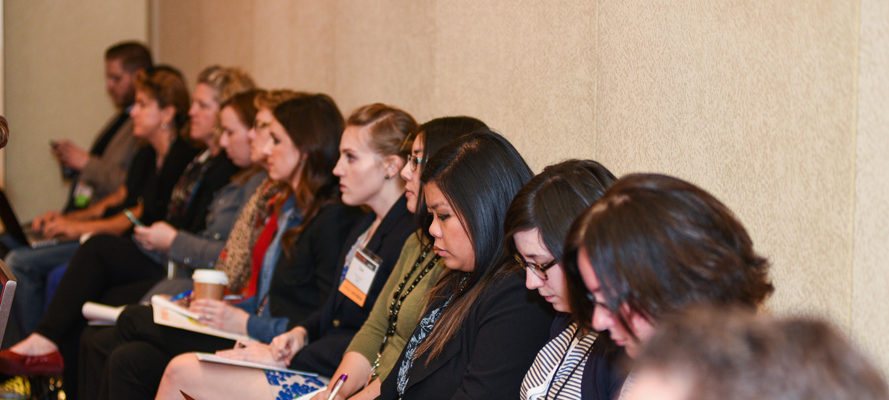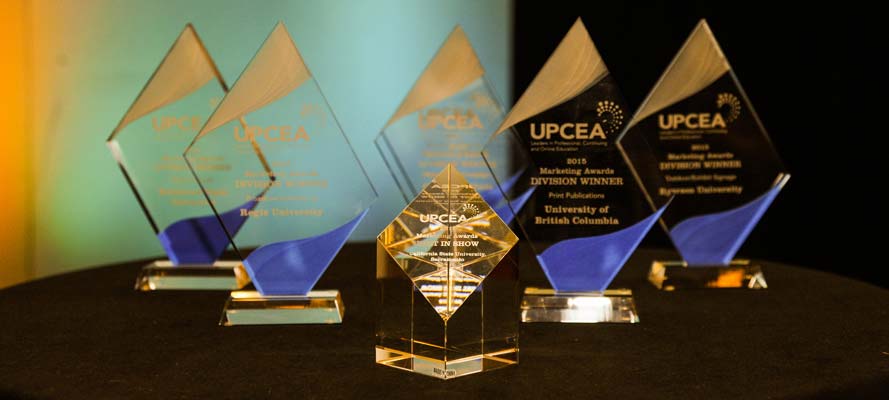Reflections on trends in student success
-
Engagement, of all kinds, is critical. Students tell us each year how much they crave engagement with faculty, students, and course content. Mostly we hear about positive experiences in this area, but the constructive feedback shared is most useful to our course development and training teams as they work with faculty to build high quality online courses. A new theme in the last year, however, has been engagement with the campus community. Students aren’t simply wanting to connect with faculty or other students in their online courses, but they want to more intentionally engage with our campus, services, resources, and other co-curricular experiences outside of the online classroom. They want equitable access to valuable experiences that are offered to our on-campus students.
-
Success is ultimately defined by the student. We added a new question this year asking students to share with us how they defined student success for themselves. Overwhelmingly, students cited mastering course content, making progress toward career goals, GPA, and obtaining healthy work-life-school balance. Each of these elements of success can be addressed through robust faculty training, holistic student services, and proactive success interventions. We’ve also found that there is generally a lack of awareness among online students of what resources they have at their disposal to achieve their definition of success. Collaborative partnerships with student affairs units as well as creative and repetitive communications have helped to increase awareness and use of services that has lead to greater student satisfaction.
-
Personal obligations are significant barriers. Our students reported a shift in personal obligations from last year to this year, likely due to the varied impact of the pandemic on students throughout the country. In spring of 2020, 60% of respondents indicated they were working full or part time, and 26% reported they were caring for children or other family members. In 2021, those numbers dropped to 32% and 18% respectively. Two new options were added to the survey this year, which also happened to top the list of obligations that students cited – 26% indicated they were managing physical and/or mental health issues and 20% reported they were managing financial hardships. As we continue to navigate through the pandemic and see first-hand what the long lasting effects may be, we are choosing to invest in services to support our students’ physical and mental health as well as additional emergency aid to maintain student satisfaction and persistence.
Other UPCEA Updates + Blogs
AI Payoff vs. the Web: What It Means for Higher Ed
When the New York Times ran a piece in August pointing out that companies are throwing billions into AI with…
Read MoreExpanding Institutional Capacity for Credential Innovation through Business and Community Partnerships
Higher education is rapidly changing. The 2025-26 academic year will be the first in which the number of fully online…
Read More

